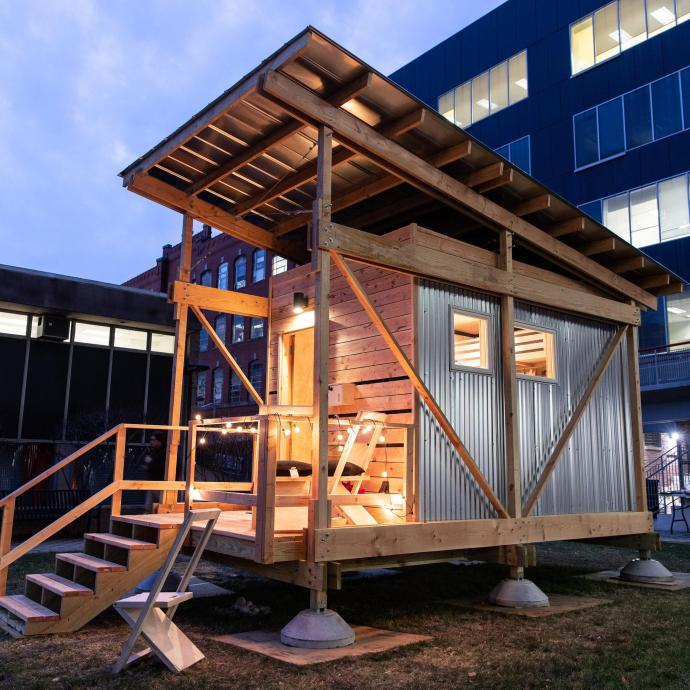Ngoc Phan
When I bring up the notion of cooking your own food in a restaurant, most people are skeptical. The argument is, why pay to cook your own food? But when people try it for the first time, the answer becomes clear. In Asian cultures, cooking your own food in a big party of people is common. There are usually two ways the meat and veggies are usually cooked: either simmered in broth or grilled on a hot stone or grill plate. I personally think that broth fondues are more suitable for cold weathers whilst grills are suitable for warmer weathers.
Yakiniku West
Grilling your own food is what Yakiniku West is known for. However, the interior and atmosphere of Yakiniku is another highly distinguishable factor. The seats resemble a traditional Japanese dining hall with grills at each table. The sleek interior makes for a memorable experience and the traditions they uphold are distinctive. At times, some restaurants try too hard to be distinctive and end up being gimmicky. Yakiniku remains classy and brings a genuinely authentic feel to the atmosphere. But as a tip, Yakiniku does not allow shoes inside the restaurant, so leave them at the cubby holes by the entrance.
The food at Yakiniku is not all meant to be cooked at the table. There are many items like sushi, sashimi, salads, and various other appetizers and rice dishes on the extensive menu. However, these items are generally meant to supplement the meal that is grilled at the table. My favorites have been many of their sushi rolls, the bibimbap (a hot stone bowl with rice, egg, veggies and an optional meat), the salads, and the velvety agedashi tofu.
At Yakiniku, the meats are served raw and cut thin enough to be cooked quickly at the grill. Meats range from shellfish (clams, crabs, scallops and shrimp), seafood (mainly salmon), chicken, pork, and various cuts of beef (filet mignon, sirloin, short ribs, etc.). The meats come with various dipping sauces and lettuce leaves to wrap meats and veggies inside. The meal is interactive, delicious, and can be relatively inexpensive. I recommend taking larger groups of people since many of the dishes are worth trying and the conversation that comes up in such a lax environment can be quite amusing.
218 E 9th StNew York, NY 10003
(212) 979-9238
Price: $$$$$
Atmosphere: lively, great for groups of 6 or less, accommodating, friendly staff, beautiful interior
Hakata Ton Ton
Hot pot generally consists of a communal pot of broth accompanied by various raw meats and veggies that are to be cooked in the pot. Guests have the option of picking out their own meats and dipping them in the broth until they’re cooked (this is called shabu shabu).
At Hakata Tonton, there are three items that I recommend must be ordered: hot pot, gyoza (Japanese style dumplings), and seaweed salad. The gyoza is unlike any I’ve had before. It is cooked on a hot stone and the filling is rich and velvety inside of the very crunchy shell. I ended up getting two orders of it for myself. The seaweed salad at Hakata is unique. The dressing is citrusy with a tang which surprised me at first, but it was a refreshing change from the usual seaweed salads.
The experience of hot pot is very unique. People gather around a boiling pot of broth, share a meal, and enjoy the company of one another over a warm and rich broth. In my opinion, the experience is fun and it tends to relax everyone at the table. I’ve tried the Hakata Tonton special hotpot and thought it provided a generous amount of food per person. The broth is delicious and the meats and veggies lend their flavor to the pot of broth. There are also extras like ramen that can be added into the pots, making the meal more filling. I also noticed that the staff is very willing to help out, especially those who are a bit nervous about eating hot pot for the first time.
61 Grove StNew York, NY 10014
(212) 242-3699
Price: $$$$$
Atmosphere: lively, great for groups of 6 or less, excellent and friendly service, and knowledgeable staff.
































